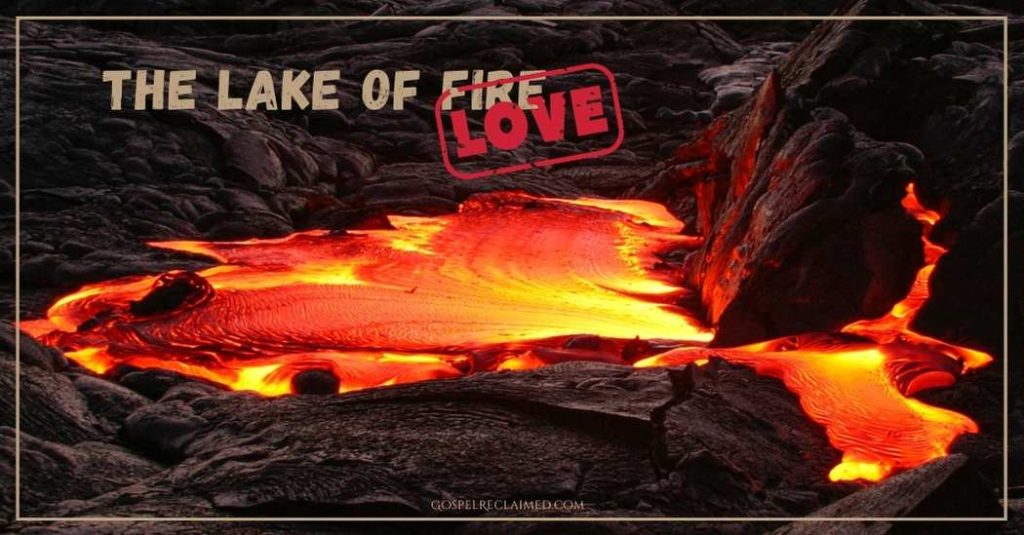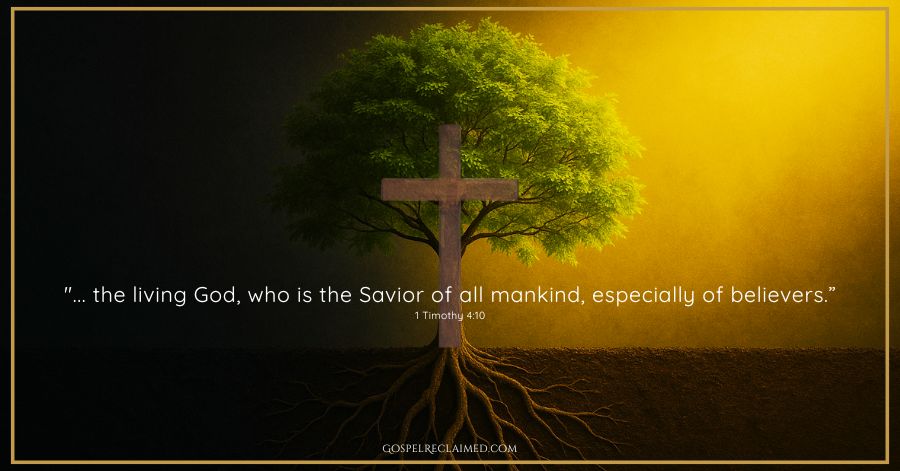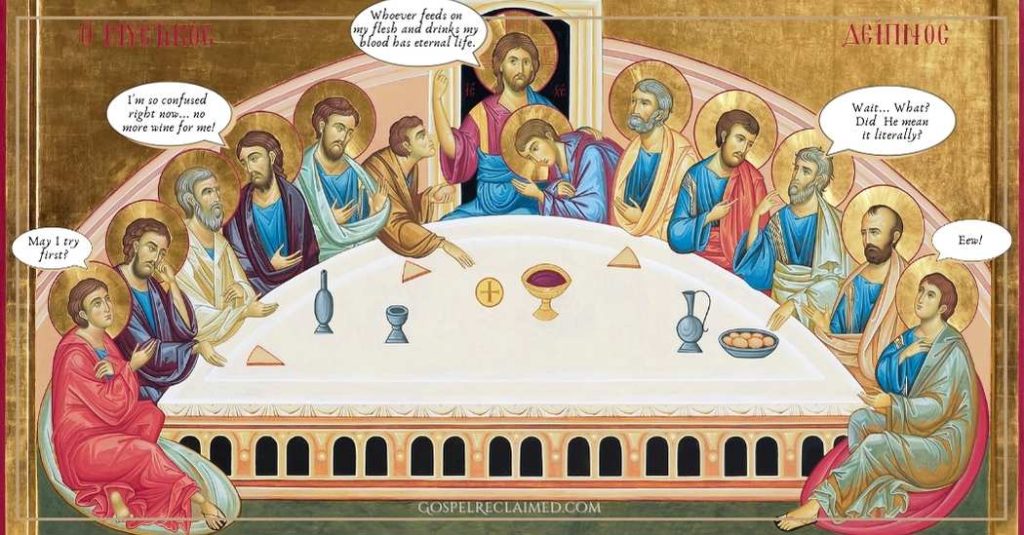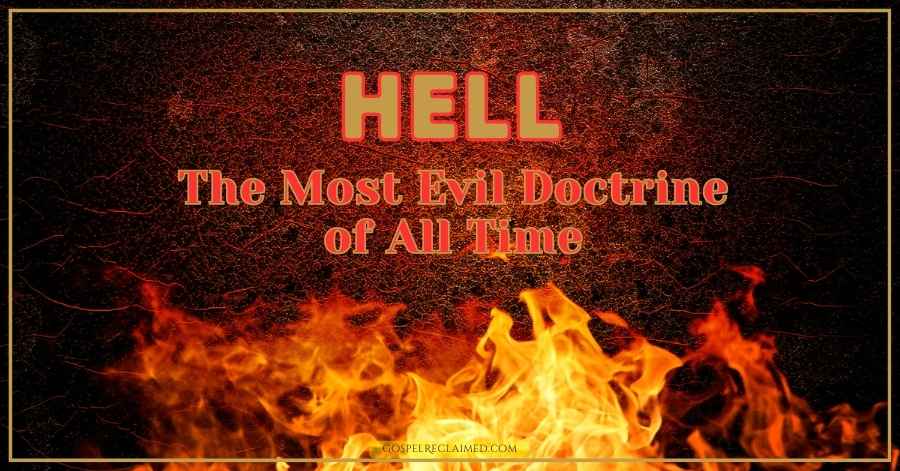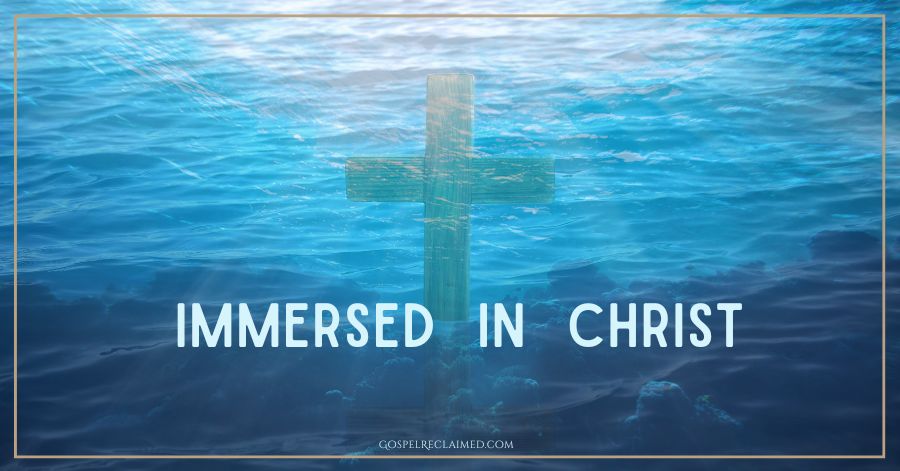⚠️ This blog isn’t about answers—it’s about awakening. Gospel Reclaimed is where I wrestle, wonder, and write about a gospel that’s far bigger, deeper, and more healing—a Father more faithful, a Savior more triumphant, and a Spirit more personal than religion ever taught me.
One of the greatest mistruths passed down through Church tradition is the idea that the Lake of Fire is synonymous with the concept of “hell.”
Spoiler alert: it’s not a torture chamber run by a pitchfork-wielding devil. And if you look closely, Scripture actually destroys that idea plainly.
But before we dive into Revelation—a book full of symbols we can’t fully grasp with our modern Western mindset—let’s set the scene.
For centuries, believers have been told that hell is the place of eternal separation from God, endless conscious torment, and fiery agony. Movies, sermons, and medieval paintings cemented this narrative into our imaginations.
The problem? The Bible doesn’t teach that. Not the way we’ve been told.
In fact, when we read Scripture carefully and dare to question the traditions that got layered over it, we discover something radically different and breathtakingly hopeful.
Let’s walk through it carefully:
Hell Is Thrown Into Hell? Say What?
First, the clincher:
“Then death and Hell were thrown into the lake of fire…” — Revelation 20:14
Read that again.
Hades (wrongly translated as “hell”) is thrown into the Lake of Fire.
If Hades is hell… how can hell be thrown into hell?
Clearly, they are distinct realities. Hades is not the Lake of Fire.
In fact, Hades is abolished when the Lake of Fire is revealed.
No more grave. No more death. No more “hell”. Click here to know more about “Hell”.
What About The Second Death?
“And death and hell were cast into the lake of fire. This is the second death.” — Revelation 20:14 (KJV)
What exactly is dying here?
The Second Death isn’t the end of us as persons made in God’s image.
It’s the death of everything in us that cannot exist in the fullness of God’s presence:
Our pride,
Our shame,
Our sinful legacy,
Our distorted self-image.
In other words, the Second Death is the final burning away of the false self—everything that clings to the dust and lies of this broken age.
Why is it called the Second Death?
Well, haven’t we already died with Christ once—spiritually—when He included all humanity in His death?
It can’t be about the death of the flesh, because, let’s be honest… Lazarus already died a second time physically. (LOL)
- “…all of us… were baptized into his death” — Romans 6:3
- “I have been crucified with Christ…” — Galatians 2:20
Yet even though this is spiritually true, we often continue living under illusions—self-centered patterns, pride, evil, and rebellion still clinging to us.
The Second Death, then, is the necessary purifying completion of our transformation.
It’s where even the lingering rot of Adam’s fall is consumed—forever.
It’s not about obliteration.
It’s the final liberation of those who did not walk in the Light. (Guilty, many times myself!)
The Book of Life — The Revelation of Our Identity in Christ
“And whosoever was not found written in the book of life was cast into the lake of fire.” — Revelation 20:15
What if the Book of Life isn’t a list of who gets “in” or “out,” but a revelation of who we’ve always been in Christ — beneath the masks, beyond the lies?
Scripture promises that everything will be made new (Acts 3:21) and we’ll receive a new name (Revelation 2:17), through the triumph of our Victorious Overcomer, Jesus Christ (John 16:33).
If that’s true, then the ‘old names’ — the false identities shaped by sin, shame, and confusion — were never truly written in Christ, our Life.
These “dead names” must pass through the fire of God’s love, where everything counterfeit is burned away, and only the true, radiant new creation remains.
If you’d like to dive deeper into the beautiful mystery of the Book of Life (upcoming)— what it really means to be known, renamed, and restored — check out my other post where we explore it more fully.
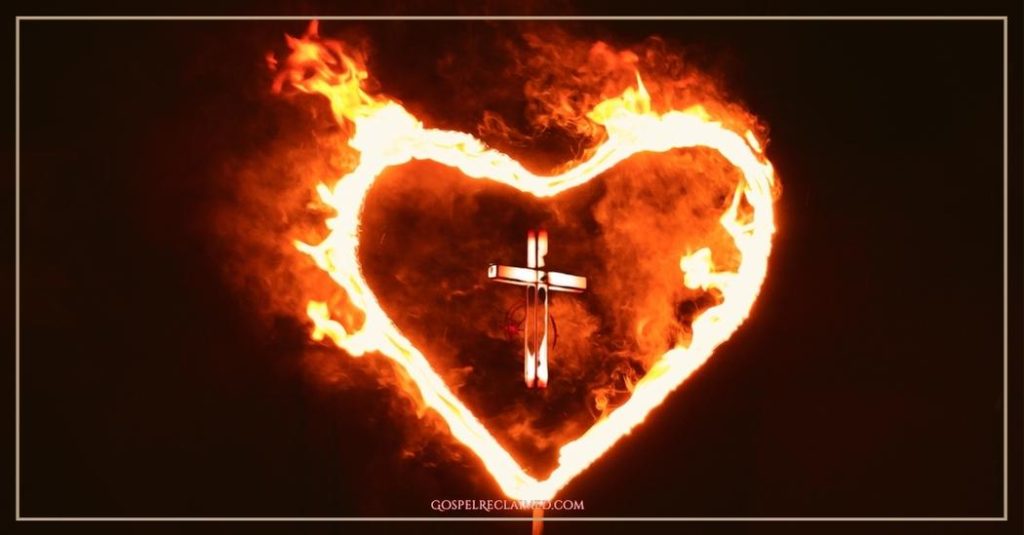
God’s Fire: Love in Its Most Intense Form
Throughout the Bible, fire consistently symbolizes God’s active presence.
“Our God is a consuming fire.” — Hebrews 12:29
At the same time, “God is love.” — 1 John 4:8
If God is both consuming fire and perfect love, then His fire is simply love in action — burning away what is false and bringing forth what is pure.
We see this clearly throughout Scripture:
“I will bring the third part through the fire, and will refine them as silver is refined, and will try them as gold is tried. They shall call on My name, and I will hear them. I will say, ‘They are My people,’ and they shall say, ‘The Lord is my God.’”
— Zechariah 13:9
Some biblical examples of God’s fire:
- The Burning Bush (Exodus 3:2): A picture of divine glory that does not consume even a simple bush — just like His presence within us.
- The Pillar of Fire (Exodus 13:21): A radiant symbol of God’s presence — leading and shielding Israel on their desert journey.
- Tongues of Fire (Acts 2:3): Flames rested gently on each one, igniting them with the Spirit’s power and purpose at Pentescostes.
In every case, God’s fire leads, refines, and empowers — always to restore, never to destroy.
Wait… What About Sodom and Gomorrah?
We’ve been taught that the fire (literal or not) which fell on Sodom and Gomorrah was the final word: pure destruction.
But Scripture gives us a surprising twist:
“I will restore their fortunes, both the fortunes of Sodom and her daughters… As for your sisters, Sodom and her daughters shall return to their former state…”
— Ezekiel 16:53, 55 (ESV)
Sodom’s story doesn’t end in ashes — it ends in restoration.
And that matches perfectly with the heart of God revealed in Jesus:
“The thief comes only to steal and kill and destroy. I came that they may have life and have it abundantly.“
— John 10:10
God’s fire is ultimately restorative — not the work of a thief, but the love of a Good Shepherd rescuing His sheep from delusion and death.
And What About Lazarus and the Rich Man?
Before we dive into the story of Lazarus and the Rich Man, we need to understand the Jewish mindset about death before Jesus. The afterlife was still a mystery—Sheol was seen as the grave where everyone went, not a clear-cut heaven-or-hell.
Jesus wasn’t laying out a literal afterlife map; He was using familiar imagery to expose religious pride, spiritual blindness, and false security in wealth.
If we take the story literally, it gets messy fast—talking from “hell to heaven”? A chasm no one crosses? A poor man saved just for being poor?
Let’s take a deeper look at what this story really reveals.
➤ Read the full breakdown here
Baptized, Salted, And Tested By Fire
YES! All of us.
John the Baptist famously said:
“[Jesus] will baptize you with the Holy Spirit and fire.” (Matthew 3:11)
➤ ‘Baptism with fire’, an immersion into God’s purifying presence.
Jesus added:
“For everyone will be salted with fire.” (Mark 9:49)
Salt in ancient Judaism symbolized purity, preservation, and covenant faithfulness.
Sacrifices were salted before being offered (Leviticus 2:13).
➤ Fire + Salt = Purification, preparing us for glory.
Paul affirmed this beautiful truth:
“Each one’s work will become manifest, for the Day will disclose it, because it will be revealed by fire, and the fire will test what sort of work each one has done.
If the work that anyone has built on the foundation survives, he will receive a reward.
If anyone’s work is burned up, he will suffer loss, though he himself will be saved, but only as through fire.”
— 1 Corinthians 3:13–15
Notice: it’s not the person who is destroyed, but the false works.
God’s fire doesn’t annihilate the soul, it burns away corruption, leaving only what is eternal, true, and beautiful.
Wrapping It Up: Love Wins, Not Fear
Forget the fire-and-brimstone horror stories. The Lake of Fire isn’t God’s rage—it’s His relentless love, purging death and corruption for good.
Hell isn’t the final word; LOVE is. As Paul says, “In Christ all will be made alive” (1 Corinthians 15:22). Not abandoned. Not roasted. Alive.
So next time someone tries to scare you with “hell,” just smile and say, “Nah, that’s just God’s love making me whole.” Our Father isn’t in the business of destroying His creation, but restoring all things to their original glory — created in His image and likeness.
- “whom heaven must receive until the period of restoration of all things, about which God spoke by the mouths of His holy prophets from ancient times.” Acts 3:21 (NASB)
- “For from Him, and through Him, and to Him are all things. To Him be the glory forever. Amen.” Romans 11:36 (NASB)
Amen, indeed!
FAQs
What is The Second Death?
The Second Death isn’t the end of us as persons made in God’s image.
It’s the death of everything in us that cannot exist in the fullness of God’s presence:
What Does the Burning Bush Represent?
A picture of divine glory that does not consume even a simple bush — just like His presence within us.
Is the Story of Lazarus and The Rich Man about Hell?
Jesus wasn’t laying out a literal afterlife map; He was using familiar imagery to expose religious pride, spiritual blindness, and false security in wealth.
